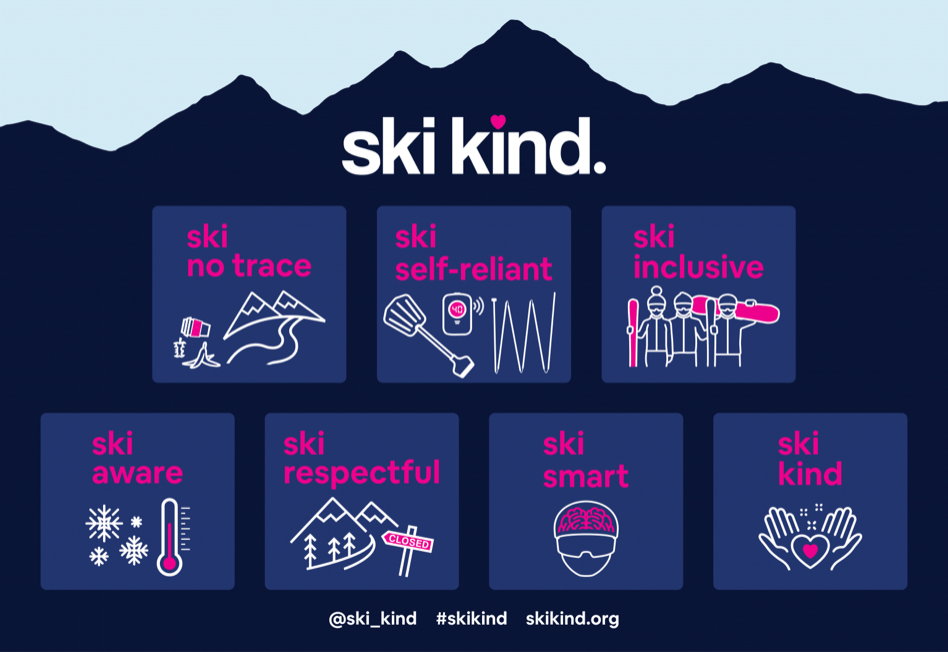
Interest in backcountry skiing and riding has grown exponentially since March 2020, when ski resorts across the country stopped turning their lifts, despite massive storms, due to the pandemic. It has continued into the 21/22 ski season after last year, when many resorts implemented reservations. With ever-changing Covid-19 restrictions across the country, many skiers and boarders have been searching for alternative ways to get their turns in each season without relying on resort lifts. People are looking for a self-reliant way to ensure a pow-filled, socially distanced winter.
Local ski shops have seen a 60% increase in Alpine touring setups heading out the door. However, speaking from personal observation, not all of those included a beacon or other types of safety gear necessary for exploring the backcountry.
Ski towns all across the US have experienced the effects of the influx of recreation in the backcountry. Local trailheads are overcrowded with people parking on highways, as well as packed skin tracks. This is pushing more experienced skiers deeper into the backcountry. This poses a problem for search and rescue when an accident occurs as it’s harder to get help out there.
However, congestion on skin tracks and at trailheads is not as big of a threat as the increase in the likeliness of human-triggered avalanches occurring as more inexperienced riders head to the backcountry.
As trailheads become busier and busier, with outdoor enthusiasts earning their turns, the risk for avalanches is increasing. New riders looking for rad lines to send combined with unpredictable snow due to early-season storms or lack of storms, avalanche danger is rising. The chances of an avalanche being triggered by a fellow adventurer are much higher than in previous years. According to the Colorado Avalanche Information Center, there were 22 fatalities in the backcountry last season, double the amount from the last season.

Skiers and boarders should be checking the forecast, knowing what the snowpack looks like, and bringing and knowing how to use proper gear. It’s also imperative to be aware of your surroundings and other skiers around you and be prepared for any situation.
The Winter Wildland Alliance is promoting a new campaign to remind people to stay safe recreating this season. The ‘Ski Kind’ campaign reminds skiers and boarders to be respectful of others and the environment and stay safe while having fun.

Organizations such as The Utah Avalanche Center and the Colorado Avalanche Information Center provide classes on avalanche safety and how to safely earn your turns this winter. The mountains can be a sanctuary, and while it’s great that more and more people can connect with nature through recreational winter activities, it’s essential to learn as much as you can about the terrain and conditions and always be prepared for any situation to ensure safety for everyone.

No they weren’t. All transplants who got lucky for awhile.
Not a well researched article. Most of the fatalities in Colorado last year were from deeply experienced backcountry skiers. It just happened to be a year with a very dangerous snowpack. Look into the reports and you will see that most of these deaths are from people with a lot of experience. The more important question to ask is: how do you get a person with 10 years of backcountry skiing experience to really determine if their decision making is good?